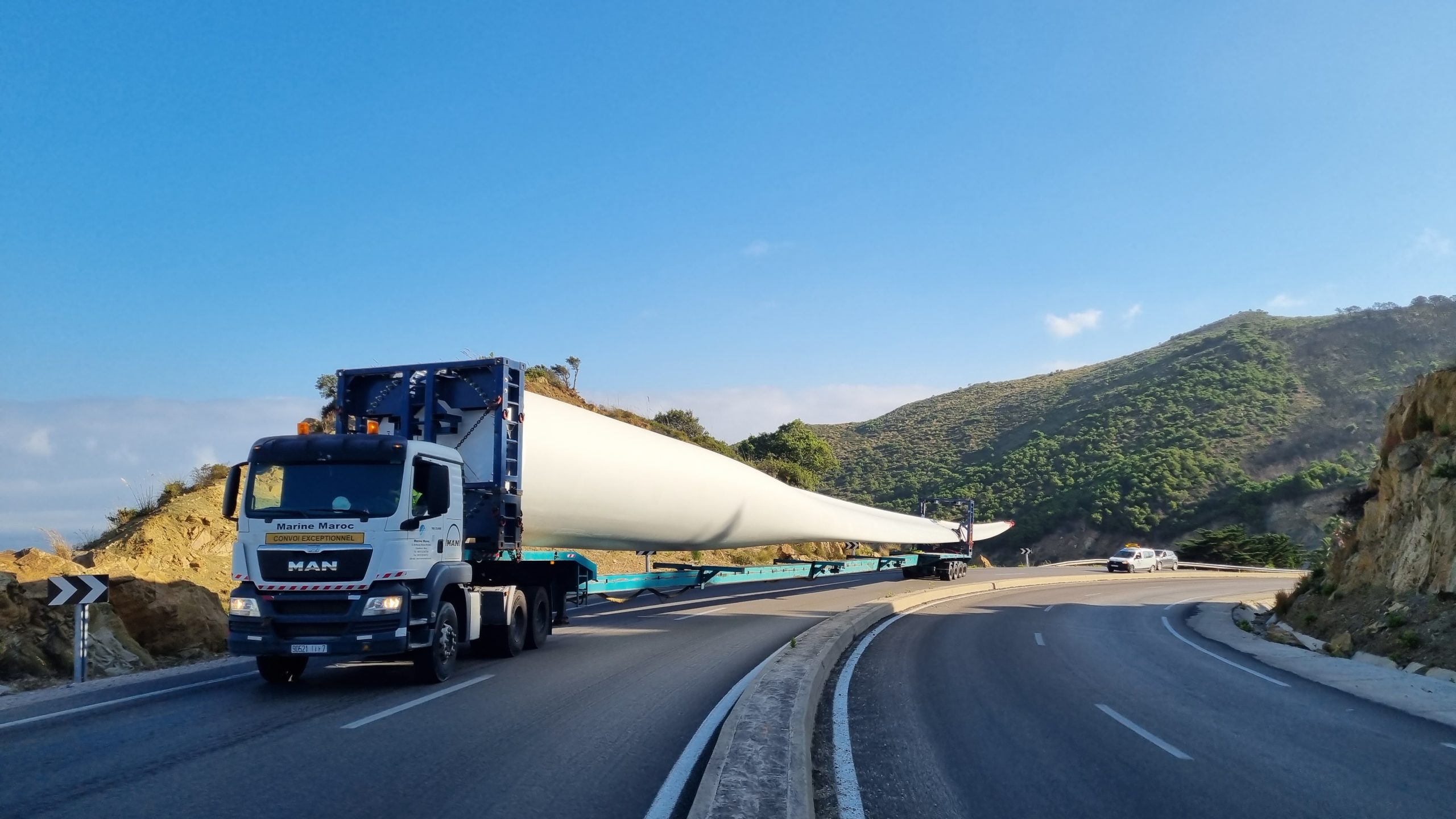The transportation of equipment intended for renewable energy, such as wind turbines, solar panels, and hydroelectric installations, represents a major challenge in the global energy transition. These equipment pieces are often large, complex, and require specialized logistics to ensure their secure and efficient delivery to installation sites.
Wind turbines, for example, consist of several heavy and bulky components, such as blades, nacelles, and towers. Their transportation requires suitable vehicles and meticulous planning, taking into account weight constraints, dimensions, and specific road infrastructure regulations. Logistics companies must ensure they have the necessary permits and coordinate routes to avoid potential obstacles, such as low bridges or sharp turns.
Regarding solar panels, although they are less heavy, their transportation requires particular attention to prevent damage during handling. Packaging and loading solutions must be optimized to guarantee the safety and integrity of the products.
Moreover, with the increasing prominence of renewable energy worldwide, the need for sustainable and environmentally friendly logistics becomes paramount. Companies must strive to minimize their carbon footprint while ensuring operational efficiency. By integrating innovative and eco-friendly solutions in the transportation of equipment, they contribute not only to the energy transition but also enhance their competitiveness in the market.
In summary, the transportation of equipment for renewable energy is a rapidly expanding sector that requires specific logistical expertise, careful attention to detail, and a commitment to sustainability to meet the challenges of a responsible energy future.

